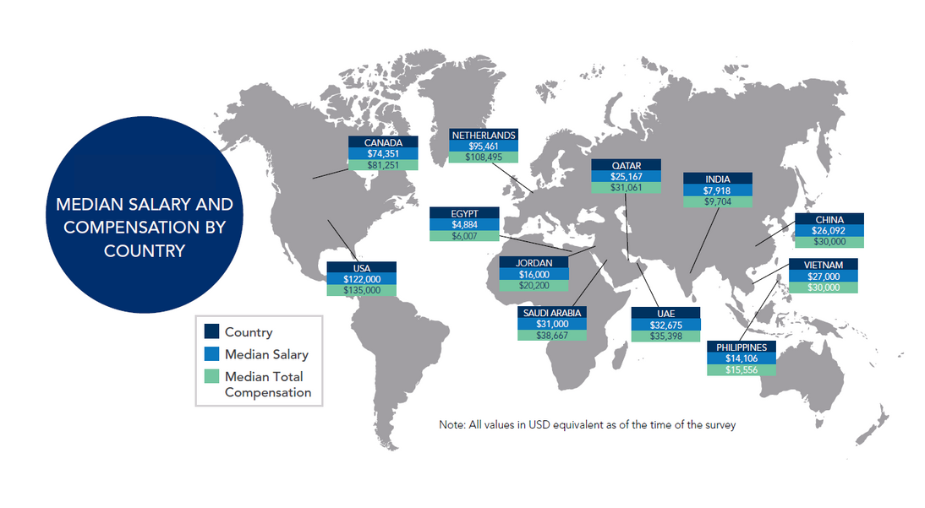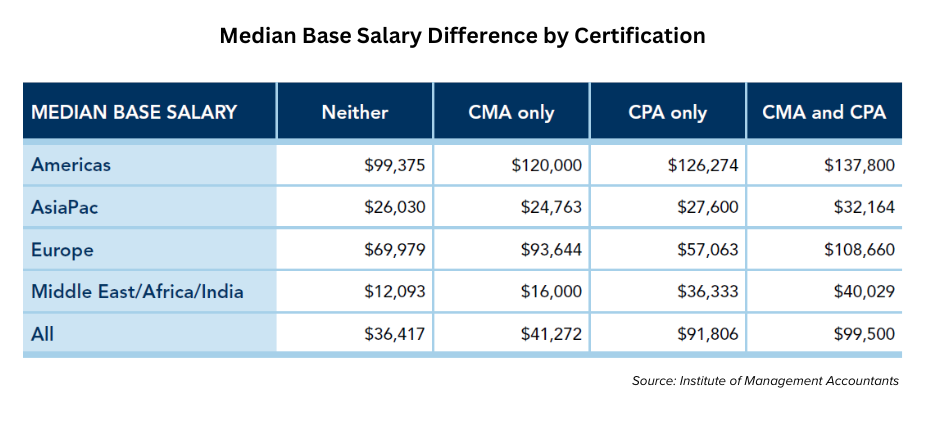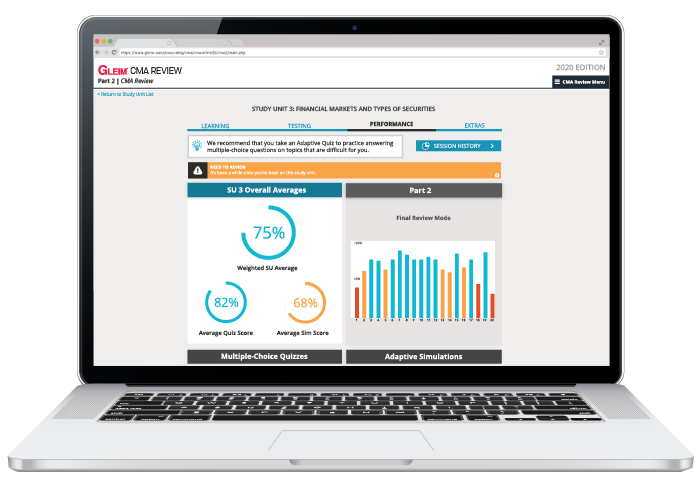Contact Us : 800.874.5346 International: +1 352.375.0772
What is the average salary for a Certified Management Accountant (CMA)?
The average base CMA salary globally is around $72,000. In the U.S., the average base CMA salary is $133,000. CMA salaries are representative of the value that CMAs bring and the exciting opportunities they can explore. Read our in-depth CMA salary information or jump to the benefits of becoming a CMA.
Institute of Management Accountants (IMA) periodically conducts a global salary survey Opens in new window to discover trends in compensation and other useful information for members. IMA is the largest management accounting association in the world, and its certification branch, the Institute of Certified Management Accountants (ICMA), is responsible for the development, administration, and grading of the CMA exam.
The 2023 IMA Global Salary Survey collected data from over 2,500 IMA members in 69 different countries. In the survey, 31% of the responses came from the United States, 29% from China, 8% from India, 6% from the United Arab Emirates, and the remaining percentage was split among the remaining countries.
The figure below represents the median 2023 CMA salary for countries with at least 1% of survey responses. This is the simplest and most recent CMA salary breakdown you’ll find.

Source: Institute of Management Accountants
See below for a comparison of CMA vs. Non-CMA mean base salaries across the different regions surveyed.
You can also read previous years’ CMA salary statistics and trends to learn how they’ve changed over time.
Becoming a CMA not only offers great salary benefits but also improves other aspects of your life and career. Don’t underestimate the importance of these factors. There’s more to your career than simply what you make.
Career opportunities
More than 73% of CMAs agreed that the certification improved the career opportunities available to them.
Career advancement
69% reported that having their CMA certification improved their opportunities for career advancement.
Job satisfaction
CMAs consistently rate their overall job satisfaction highly. On average, 75% of CMA candidates report loving their jobs. In addition, most CMA candidates believe their jobs have a significant impact on the decisions and direction of their respective organizations, and 83% would recommend CMA certification to a colleague or friend in the same line of work.
Job confidence
Approximately 83% of CMAs felt that the certification gave them more confidence to perform their job at a high level.
Career mobility
71% of CMAs said that having their CMA improved their ability to move up not only within their organization but also within their industry and across industries.
Get our free CMA Exam Guide!
Learn more about becoming a CMA and how to get started.
Certified Management Accountants specialize in managerial accounting. They provide the “why” behind the numbers, manage project proposals, and advise on the potential for future profits.
Becoming a CMA advances your career by opening up new, upper-level positions. After all, making cost-minded decisions is a valuable asset in any industry.
Both globally and regionally, having both a CMA and CPA certification results in a higher median salary. To learn more about combining a CMA and CPA certification, visit our accounting certifications resource page.

To become a CMA, you’ll need to fulfill all the requirements set by IMA and pass the CMA exam. To save yourself time and money, you should study with a trusted CMA review course to help you pass the first time.
Gleim CMA has helped candidates pass the CMA exam for over 40 years, and our course has trained more CMAs than any other. When you choose Gleim for your CMA prep, you get everything you need to pass on the first try with confidence. Before you begin, though, you’ll want to know everything about the CMA exam, and you can find it all in our free comprehensive CMA Exam Guide.

See why Gleim is the most widely used CMA Review!
Demo our Premium CMA Review System for free and get unlimited access to an entire study unit.